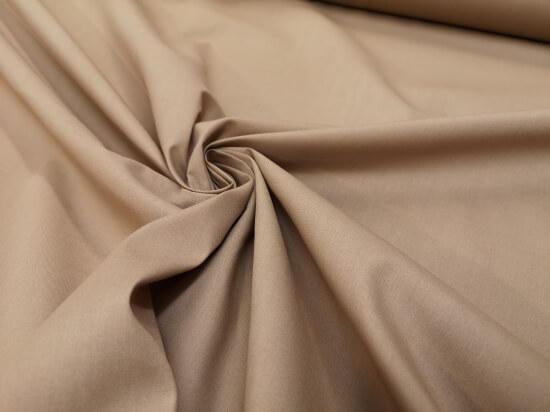Colored Organics
In the realm of sustainability and eco-friendly practices, colored organics have emerged as a game-changer.
You can’t say enough about how important colored organics are in today’s world, where the need for eco-friendly methods is becoming more and more clear.
Table of contents
- What are Colored Organics?
- The Process of Creating Colored Organics
- Comparison of Colored Organics and Synthetic Dyes
- Detailed Comparison of Colored Organics and Synthetic Dyes
- Benefits of Colored Organics
- Colored Organics in the Fashion Industry
- Challenges and Solutions
- Future of Colored Organics
- Final Thought
- Youtube Video About Colored Organics
- You May Also Like
- FAQ
What are Colored Organics?
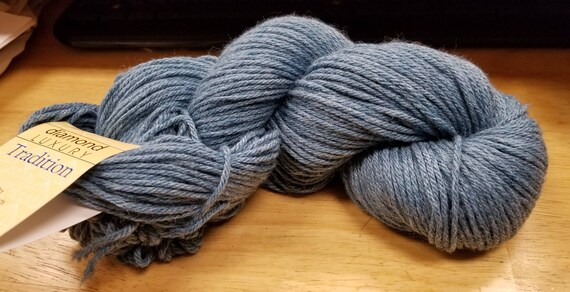
Colored organics refer to organic materials that have been dyed or colored using natural, eco-friendly substances. These chemicals can come from many different places, like plants, rocks, and even some kinds of animals.
The colors that come out are not only bright and beautiful, but they are also much better for the earth than manufactured dyes.
Colored organics are based on a mix of biology, chemistry, and environmental science, which makes their science very interesting.
The Process of Creating Colored Organics
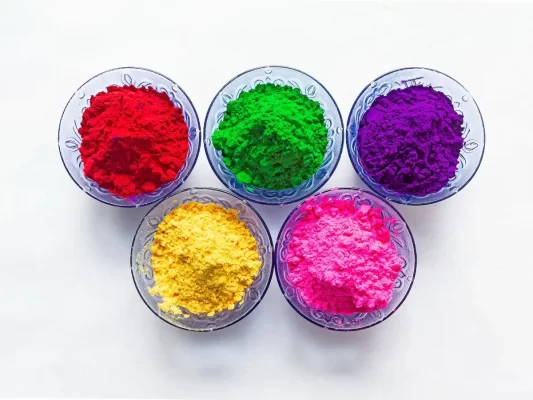
The creation of colored organics involves a meticulous process that begins with the extraction of natural dyes.
These colors come from different kinds of plants. Indigo plants, for example, make a deep blue color, while beets can be used to make a deep red color.
Depending on the source, the process for getting the color out of the plant or mineral varies, but usually involves cooking the plant or mineral.
After the colors are taken out, they are put on the biological material in a process called “mordanting.” This is done by treating the fabric with a substance that helps the dye stick better, making sure the color lasts longer.
The mordant, which is usually a metallic salt, forms a chemical bridge between the dye and the fiber. This makes the color stick better and less likely to come out in the wash.
Comparison of Colored Organics and Synthetic Dyes
When comparing colored organics and synthetic dyes, several key differences emerge:
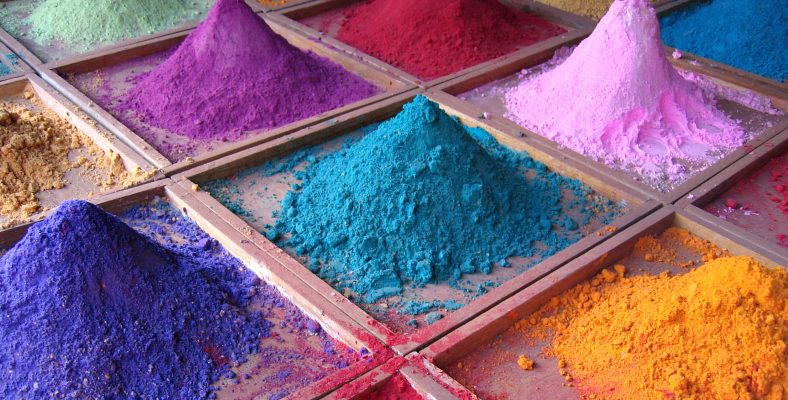
Source
Colored organics come from things like plants, minerals, and even some kinds of insects. Synthetic colors, on the other hand, are made by people and often involve chemicals.
Environmental Impact
Colored organics have a significantly lower environmental impact than synthetic dyes. They are made with less water and can be broken down by nature.
Synthetic colors, on the other hand, are often not recyclable and need a lot of water, which makes pollution and waste worse.
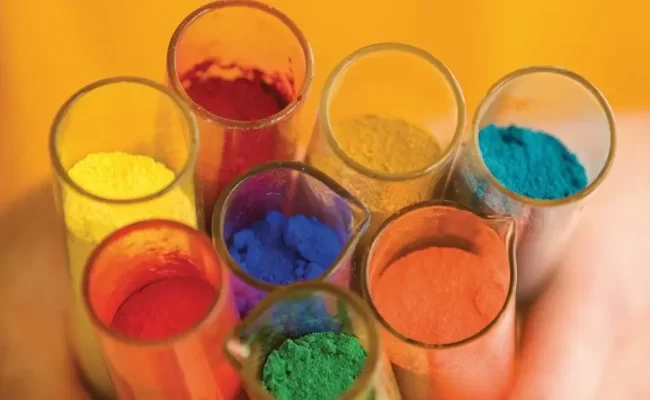
Health Impact
Most of the time, colored organics are better for human health. They are safe and won’t cause allergies, so people with sensitive skin or allergies can use them.
There are many health problems that can be caused by synthetic colors, such as asthma and other health problems.
Cost
The time it takes to get natural colors out of plants and the cost of the plants that are used can make it more expensive to make colored organics.
Since companies make synthetic colors in large quantities, they are generally cheaper.
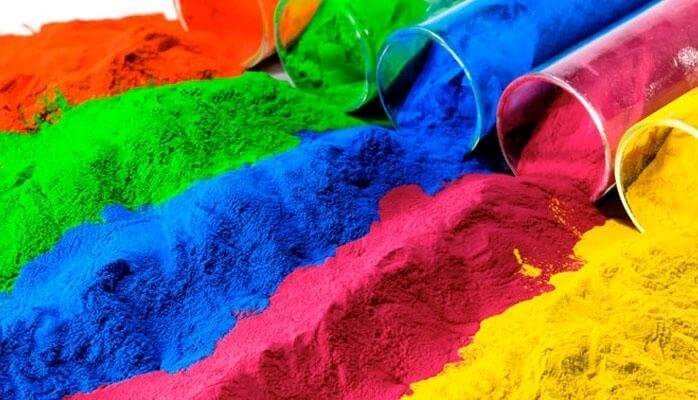
Color Range
Natural dyes used to color organic materials aren’t always as bright as manufactured dyes, which can be made to look like almost any color.
Future Prospects
The future looks promising for colored organics. As consumers become more eco conscious and demand for sustainable products increases, the use of natural dyes is expected to grow.
Also, technological improvements are expected to make it easier and cheaper to make colored organics.
Detailed Comparison of Colored Organics and Synthetic Dyes
| Aspect | Colored Organics | Synthetic Dyes |
| Origin | Derived from natural sources like plants, minerals, and insects. | Produced using artificial chemicals. |
| Production Process | Involves extraction of dyes from natural sources and application to organic material. | Involves chemical reactions in a laboratory or industrial setting. |
| Environmental Impact | Low impact due to biodegradability and less water usage. | High impact due to non-biodegradability, high water usage, and chemical waste. |
| Health Implications | Generally safe with non-toxic and hypoallergenic properties. | Potential for causing allergies and other health issues due to chemical content. |
| Cost Implications | Can be higher due to the cost of organic materials and extraction process. | Usually lower due to mass production in factories. |
| Color Vibrancy | Can offer less vibrant color range. | Offers a wide and vibrant color range. |
| Sustainability | Highly sustainable due to natural origins and low environmental impact. | Less sustainable due to environmental and health concerns. |
| Future Trends | Increasing demand due to growing consumer eco-consciousness and technological advancements. | Uncertain future due to environmental concerns and shifting consumer preferences. |
Benefits of Colored Organics

The benefits of organics are manifold, spanning environmental, health, and economic domains.
Environmental Benefits
Colored organics significantly reduce the environmental footprint of dyeing processes. Natural colors are recyclable and use less water than manufactured dyes, which often have dangerous chemicals and need a lot of water. This means that less trash and garbage will get into our environment.
Health Benefits
The health of people is better when colored. Synthetic colors can cause rashes and other health problems, but natural dyes are usually safe and won’t bother people with sensitive skin. People with sensitive skin or allergies should choose organics because of this.
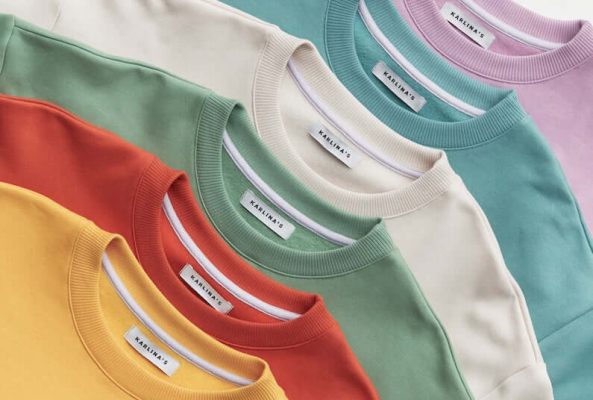
Economic Benefits
Local economies can be helped by the creation of them because it can create jobs and encourage the use of local resources.
For example, farmers can grow dye plants as a cash crop, and artists can use the colors to make beautiful handmade items.
Colored Organics in the Fashion Industry

The fashion industry has been a significant adopter of colored organics. Also as part of their dedication to environment and moral fashion, more and more brands are using natural colors.
For example, the brand “Organic Colors” has built its entire line around clothes that are organically made. Also this shows how they can be used in fashion.
Also this is not just a trend among small companies. Major fashion houses are also starting to use them in their designs. This is because people want to buy clothes that are better for the environment.
This change is helping to make the fashion business more environmentally friendly and resilient.
Challenges and Solutions
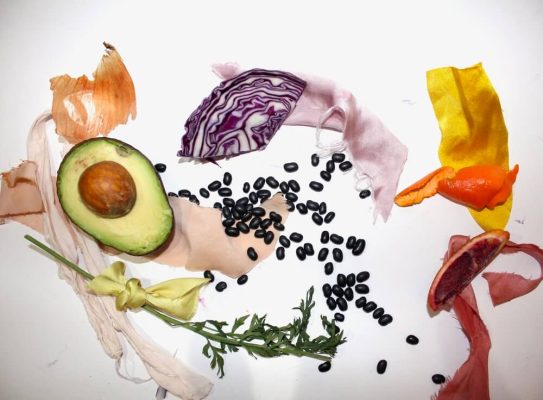
Despite the numerous benefits, colored organics face several challenges. Making natural dyes can cost more money and take more time than making manufactured colors.
Also, they sometimes have a smaller range of colors that aren’t as bright, which can make them less useful in some fields.
But people are coming up with creative ways to deal with these problems. For example, biotech is getting better, which means that new natural colors with better qualities are being made.
Researchers are also looking for ways to make the process of extracting and applying it more efficient. This could help cut down on the time and money needed to make it.
Future of Colored Organics
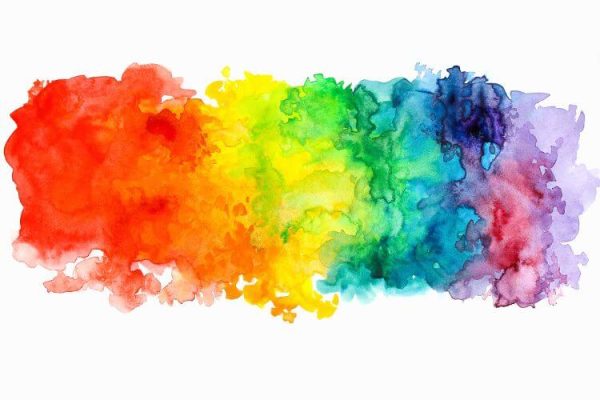
The future of colored organics looks promising. As people become more concerned about the environment, the demand for goods that use natural dyes is likely to rise.
Also, as technology improves, the process of making natural dyes will become more efficient and effective.
In the fashion industry, for example, more brands are likely to use it as part of their efforts to be more eco-friendly.
Textiles that are naturally colored could become a popular choice for people who want to decorate their homes in an eco friendly way.
Final Thought
In summary, colored organics represent a significant step towards a more sustainable and eco friendly future.
Even though there are still problems, the possible benefits of these materials make them an interesting area to keep researching and developing.
As technology gets better and people become more aware, it will become more important in many businesses.
Youtube Video About Colored Organics
You May Also Like
FAQ
Natural colored organics are safer for humans and the environment. Biodegradable and low water manufacturing. Synthetic colors, on the other hand, include dangerous chemicals, and use lots of water, causing pollution and waste.
Colored organic are safe for delicate skin and hypoallergenic. As with any product, a patch test is recommended.
Due to the time-consuming process of extracting natural dyes and the expense of organic resources, colored organics are more costly. Factory made synthetic colors are cheaper.
Synthetic dyes, which may be made in any hue, have a wider color range than natural dyes used in colored organics. Many individuals like natural dyes’ unusual colors.
Colored organics will prosper. Natural dyes will become increasingly popular as people desire eco-friendly goods. Technology may also make colored organics manufacturing more efficient and cost-effective.




